If you’re exploring solutions to manage your dog’s excessive barking, you’ve probably come across bark collars. These devices are widely recognized for their effectiveness in discouraging unwanted barking. As someone who has spent a significant amount of time understanding the technology behind bark collars, I want to explain exactly how they work so you can decide whether they’re the right choice for your dog.
I’ll break down how does a bark collar work in detail, covering its types, mechanisms, and features, so you feel confident in your decision.
Bark collars are an effective way to manage excessive barking and promote better behavior in dogs. These collars use corrective measures like sound, vibration, spray, or static pulses to discourage barking. Understanding how bark collars work helps you select the best option for your dog’s needs.
For stronger deterrence, shock collars for dogs offer mild, safe static corrections, while vibration or spray collars provide gentler alternatives for sensitive dogs. Choosing the right type depends on your dog’s size, breed, and temperament.
Many pet owners combine bark collars with GPS dog collars to track their pet’s location or an LED dog collar for better visibility during nighttime walks. These tools enhance safety while addressing training needs.
By incorporating bark collars into your dog’s routine, you can effectively curb excessive barking. Consistency and proper usage are key to ensuring your dog adapts quickly and comfortably to their collar.
Understanding Bark Collars
Bark collars are designed to curb excessive barking in dogs through gentle corrective measures. They work by identifying barking through sound or vibration sensors, and when the barking is detected, the collar activates a response. This response can vary depending on the type of collar. The aim is to provide a stimulus that discourages barking without causing harm.
Let’s explore the different types of bark collars and dive into their mechanisms to answer the core question: how does a bark collar work?
Types of Bark Collars and Their Mechanisms
Static Shock Bark Collars
These collars use a small electric current as a deterrent. Here’s how it works:
- When your dog barks, the collar detects the vibration or sound.
- The collar then delivers a mild static shock to the dog.
- The shock is harmless and is usually adjustable, allowing you to set the intensity based on your dog’s sensitivity.
The idea behind this mechanism is simple conditioning. Your dog learns to associate barking with an uncomfortable sensation, which reduces the behavior over time.
Spray Bark Collars
If you’re looking for a non-static option, spray bark collars might interest you. Here’s how does a bark collar work when it uses spray:
- These collars are equipped with a small cartridge of liquid, usually citronella or an unscented spray.
- When the collar detects barking, it releases a burst of spray towards the dog’s nose.
- The unexpected sensation distracts the dog, interrupting the barking cycle.
Dogs dislike the spray, and the association helps in reducing the barking habit.
Ultrasonic Bark Collars
For dogs that are particularly sensitive to sound, ultrasonic bark collars offer a unique solution. Here’s their mechanism:
- The collar emits a high-pitched sound that is inaudible to humans but noticeable to dogs.
- This sound activates only when barking is detected.
- The discomfort caused by the sound discourages your dog from barking unnecessarily.
While these collars work well for some dogs, others may not respond to the ultrasonic frequency.
Vibration Bark Collars
If you prefer a gentler approach, vibration collars are worth considering. Here’s how does a bark collar work in this case:
- The collar uses vibrations instead of sound or shock.
- When the dog barks, a vibrating mechanism inside the collar activates.
- This vibration is mild and serves as a nudge to the dog to stop barking.
This type of collar is ideal for dogs with sensitive temperaments or smaller breeds.
Components of a Bark Collar
Now that you understand the different types, let’s discuss the common components of a bark collar that make it functional:
- Microphone or Sensor: This detects the barking. Some advanced models distinguish between barking and other noises.
- Processor: Once barking is detected, the processor decides whether to activate the corrective measure.
- Corrective Mechanism: Depending on the collar type, this could be a shock module, spray nozzle, or vibration motor.
- Power Source: Most bark collars use rechargeable or replaceable batteries.
- Adjustable Settings: High-quality collars allow you to adjust the intensity or sensitivity levels.
These components work in harmony to ensure the device operates efficiently and safely, providing an answer to how does a bark collar work effectively.
Benefits of Bark Collars
While you and I both want the best for our dogs, it’s essential to understand why bark collars are so popular among dog owners.
Effective Training Tool
Bark collars provide consistent feedback, which is crucial in training. Dogs quickly learn to associate their barking with the corrective stimulus, leading to faster results.
Customizable Options
Modern bark collars come with adjustable settings, making them suitable for dogs of all sizes and temperaments. You can choose a type and intensity level that fits your dog’s needs.
Non-Invasive Solutions
Contrary to popular belief, bark collars are not cruel. When used correctly, they provide a humane way to address excessive barking without harming your pet.
Are Bark Collars Safe?
This is one of the most frequently asked questions I hear. The short answer is yes—bark collars are safe when used correctly.
Here’s how does a bark collar work to ensure safety:
- Most collars include built-in safety features, such as automatic shut-offs after a certain number of activations.
- Adjustable intensity levels allow you to start with the lowest setting and increase only if necessary.
- High-quality collars are tested to ensure they don’t harm your dog physically or emotionally.
However, it’s crucial to monitor your dog while using the collar, especially during the initial stages, to ensure they respond positively.
Factors to Consider When Choosing a Bark Collar
If you’re ready to invest in a bark collar, here are some things to keep in mind:
- Dog’s Size and Breed: Different collars are designed for small, medium, and large dogs.
- Type of Correction: Decide whether static, spray, ultrasonic, or vibration works best for your dog.
- Adjustability: Look for collars with customizable settings for better control.
- Durability: Ensure the collar is waterproof and made of sturdy materials.
- Battery Life: Rechargeable collars are more convenient for long-term use.
By keeping these factors in mind, you’ll find the perfect collar to manage your dog’s barking.
FAQs
Are bark collars safe for all dogs?
Yes, bark collars are generally safe when used properly. However, they may not be suitable for:
- Puppies under six months old.
- Dogs with medical conditions, like heart issues or respiratory problems.
- Aggressive or extremely timid dogs, as they may respond unpredictably.
Always consult your veterinarian before using a bark collar on your dog.
Can bark collars differentiate between barking and other sounds?
High-quality bark collars often have advanced sensors that distinguish barking from other noises. This prevents false activations from external sounds like doorbells or other dogs barking nearby.
How long does it take for a dog to adapt to a bark collar?
Most dogs adapt within a few days to weeks. Consistency in using the collar and monitoring your dog’s behavior is key to faster results.
Can I leave the bark collar on my dog all day?
No, it’s recommended to remove the collar after 8–12 hours to prevent skin irritation. Regular breaks ensure your dog’s comfort and safety.
Tips for Using a Bark Collar
| Tip | Details |
| Choose the right type | Select a collar based on your dog’s size, temperament, and sensitivity. |
| Start with low settings | Begin with the lowest correction level to gauge your dog’s response. |
| Monitor usage | Watch for signs of discomfort or stress when introducing the collar. |
| Avoid overuse | Use the collar only when necessary to prevent dependency. |
Conclusion
Bark collars are a highly effective solution for managing excessive barking. They use various corrective measures like static shock, spray, ultrasonic sound, or vibration to discourage unwanted barking behavior. As you’ve learned, how does a bark collar work depends largely on its type and the technology behind it.
If you’re considering a bark collar, take your dog’s needs and temperament into account. With the right choice and proper usage, a bark collar can help create a quieter and happier environment for both you and your dog.

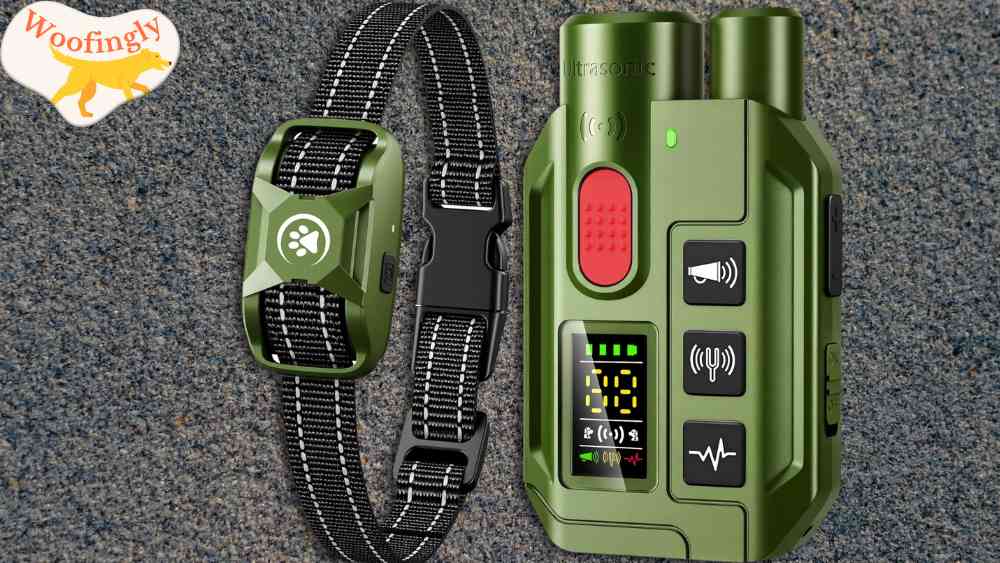
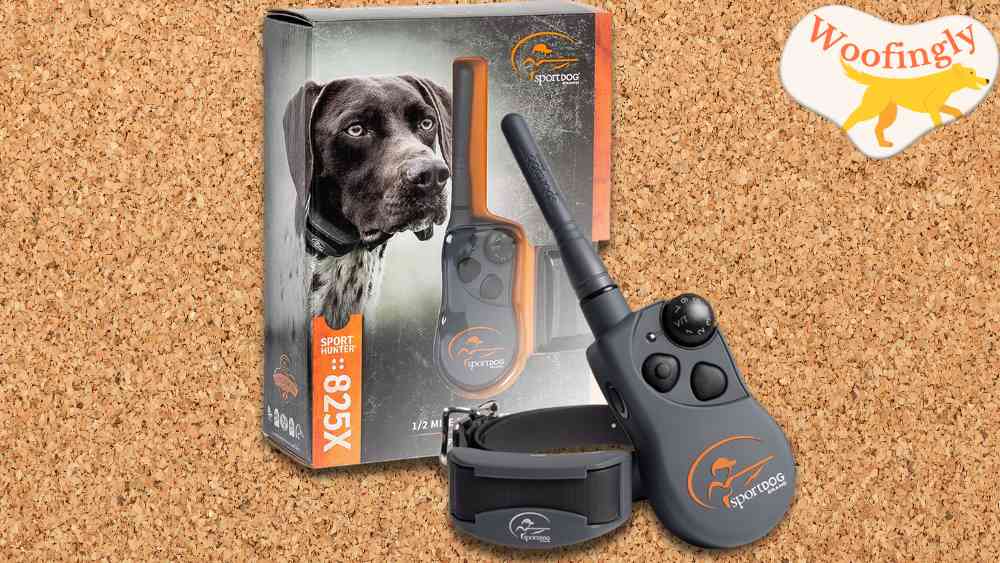

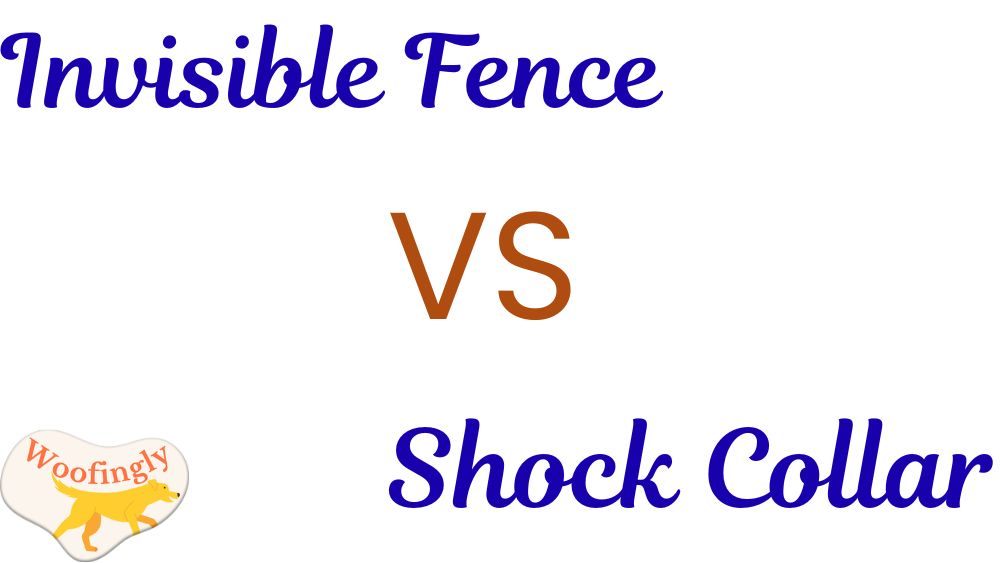
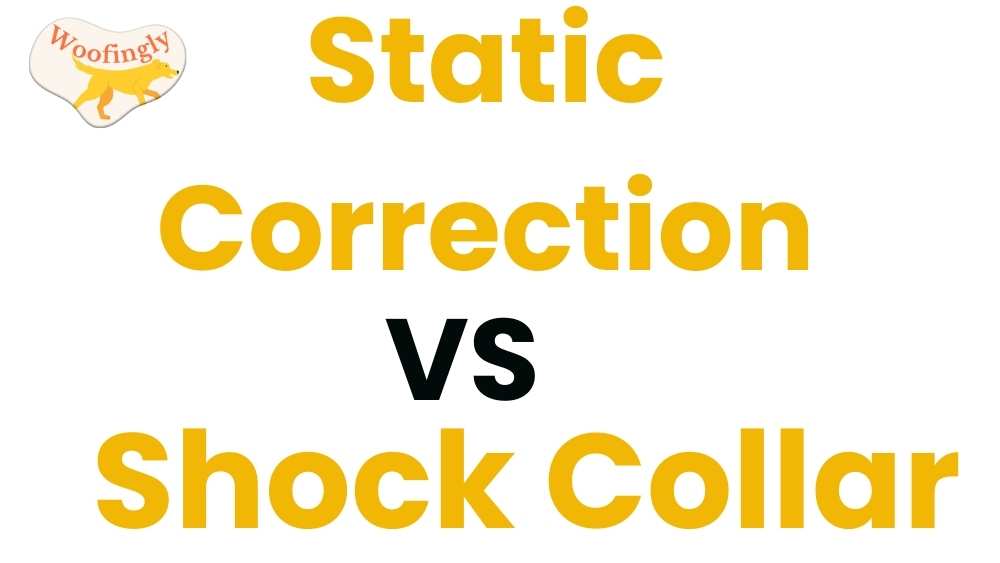
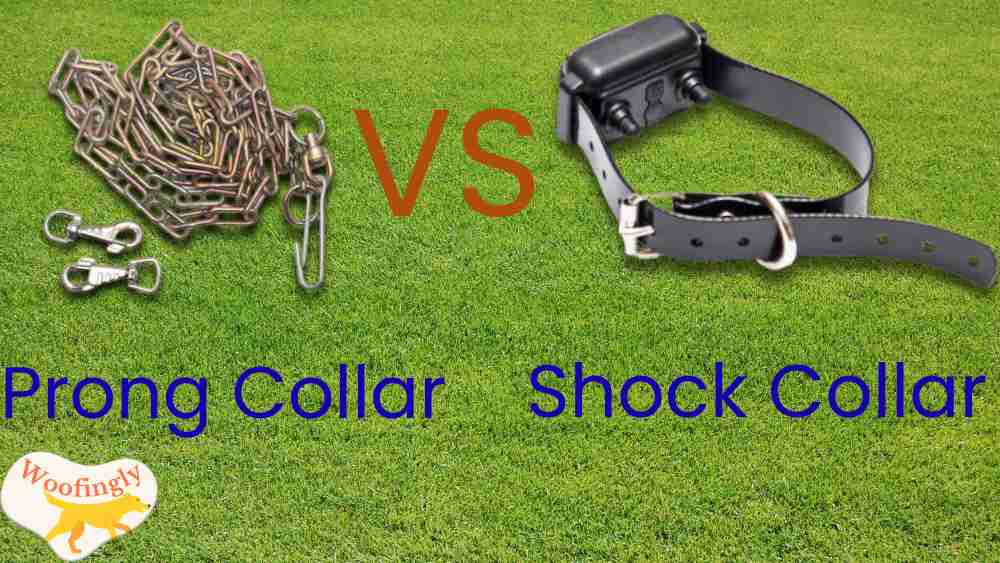
Leave a Reply